From the April issue of Apollo: preview and subscribe here
Once upon a time, the art market craved rarities. Anything that could claim to be unique or exceedingly rare was considered a tremendous prize. Now it seems that collectors and dealers are more ambivalent, for how can there be a sustainable, flourishing market for something that really does not exist in any number? This month offers the exceedingly rare, the unusual and the recherché.
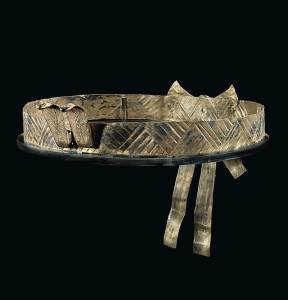
Royal diadem (c. 1580–1550 BC), Egyptian, 17th Dynasty. Christie’s London, Antiquities (15 April). Estimate: £100,000–£150,000
There are few scarcer objects than Egyptian royal jewellery – on or off the market – and on 15 April, Christie’s London’s Antiquities sale presents a silver diadem of the 17th Dynasty (1580–1550 BC). Only one other example is known, in the Rijksmuseum van Oudheden in Leiden. The circlet here is crafted from a single band of sheet silver, chased with a zig-zag ‘basket-weave’ decoration and fronted by two separately made and engraved uraei or rearing cobras, their heads finely modelled. A bow and fluttering ribbons finish the diadem at the back. Traces of gilding remain.
Silver was a costly imported material, ranked higher than gold, and it was reserved for the highest echelons of Egyptian society. The uraeus was a sacred serpent and an emblem of sovereignty depicted on the headdresses of rulers and deities, and the double uraei denote this to be the property of a queen. Only one undisturbed queen’s tomb of this time – the Second Intermediate Period – has been discovered in the modern world, that of Mentuhotep, Great Royal Wife of Sekhemre-Sementawy Djehuty. Discovered in the early 19th century, at least one of the objects excavated found its way to a European museum and it is possible that this diadem came from the same site. It seems likely that a member of the Yorkshire Philosophical Society donated the diadem to the Yorkshire Museum, and the museum deaccessioned it in 1953. Acquired by the German-born art historian and antiquities dealer Margaret Burg, this widely exhibited artefact is expected to change hands for £100,000–£150,000.
One of the rarest, most desirable and avidly imitated types of Chinese porcelain is the Guan ‘official ware’ created specifically for the imperial court of the Southern Song (1127–1279). One of the ‘five great wares’ of the Song, these were made in Hangzhou after the Song court, overrun by northern invaders, moved south, and it seems likely that the potters from the Ru kilns were part of the imperial retinue. These are ceramics of infinite subtlety in the soft colours and contours of nature, reflecting the delight of the scholar-officials of the Song ruling elite.
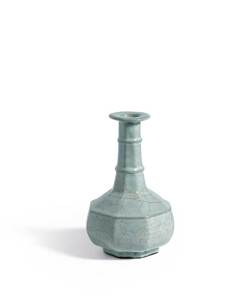
Guan octagonal vase (Southern Song Dynasty 1127–1279) Sotheby’s Hong Kong, Guan, from a Japanese Collection (7 April). Estimate HK$60m+
The defining characteristics of these wares are their unctuous, tactile glazes and crackled surfaces. Layer upon layer of glaze is applied in successive firings – indeed, the glaze is invariably thicker than the body – and the large-scale craquelure is provoked after the last firing by a well-controlled cooling process and subsequent staining. On 7 April, Sotheby’s Hong Kong is offering a stand-alone sale of a single octagonal vase from a Japanese collection (the Japanese have long revered these understated ceramics). This vase is enveloped in a thick, milky blue glaze that softens the angles of the vessel and with its web of veining suggests a soft, jade like stone. Like all Song ceramics, it can only be fully appreciated by running a finger over its surface. Only three Southern Song Guan wares of this quality have ever come to auction, and this vase carries the same estimate – in excess of HK$60m – as the Ru dish that sold for a record HK$207.9m in 2012.
In New York, meanwhile, Les Enluminures is offering a real first: a sale exhibition of 16 Romanesque Biblical manuscripts, none of which is less than 750 years old (9 April–2 May). The star of the remarkable Idda Collection is the only Ottonian Gospel Book in private hands – the Liesborn Gospel Book of around 980, a manuscript presented by an abbess to her convent and complete with its ‘treasure’ binding. We will not see the likes of this group on the market again.
Even more glamorous is the strikingly abstract single leaf of a large and exceptional 9th- or 10th-century Qur’an. It was probably made in either North Africa or the Near East, and features an elegant stretched Kufic script in gold leaf on deep blue vellum. Other sheets survive from what is known as the Blue Qur’an, and together they must have constituted the most luxurious Islamic manuscript produced in the early medieval period. The star of Sotheby’s London’s Arts of the Islamic World on 22 April, the sheet is expected to fetch £300,000–£400,000.
The London Original Print Fair returns to the Royal Academy (23–26 April), and marks its 30th anniversary this year with a loan exhibition of 30 outstanding prints from the Royal Collection. The group has been selected to illustrate the strength and diversity of the collection and alongside tours de force by the greatest of all printmakers, not least among them Dürer, Castiglione and Wenceslaus Hollar, are also prints made by members of the royal family. Prince Rupert of the Rhine (1619–82), nephew of Charles I, played a key role in the development of the mezzotint process, and his Great Executioner of 1658 is considered one of the finest mezzotints ever produced.
While the fair has evolved into a showcase of primarily contemporary prints and newly published editions, an Old Master core remains. Hill-Stone, Inc., for instance, offers a very fine impression of Dürer’s great engraving of Knight, Death and the Devil of 1513. August Laube presents Rembrandt’s 1656 etching and drypoint Abraham Entertaining the Angels, while Christopher Mendez offers Jan Saenredam’s Parable of the Wise and Foolish Virgins, a series of five elegant copper engravings of around 1592–1635.
In Paris on 1 April, Artcurial offers 200 works from the École de Nice, the property of photographer and dealer Jean Ferrero. Ferrero once described himself as ‘a terrible dealer afflicted with the collecting virus’ – and so bad was his affliction that he could donate some 853 works to the town of Nice in 2014. Many of the artists were close friends, Arman, César and Ben among them. A highlight is one of Arman’s Colères froides – cold furies – in which art emerges out of acts of destruction. While Colère de Contrebasse of 1971 is not rare – Arman had begun exploding objects, usually musical instruments, as a ‘happening’ or performance in 1963 – the novel medium of ‘anger’ is listed as one of the components of this piece, alongside a broken and charred double bass. Estimate €170,000–€220,000.
Click here to buy the latest issue of Apollo
Unlimited access from just $16 every 3 months
Subscribe to get unlimited and exclusive access to the top art stories, interviews and exhibition reviews.

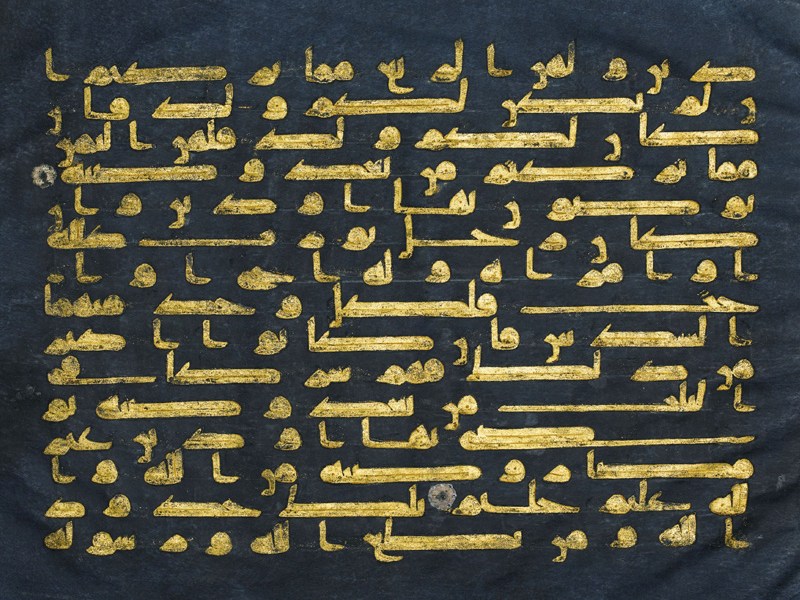
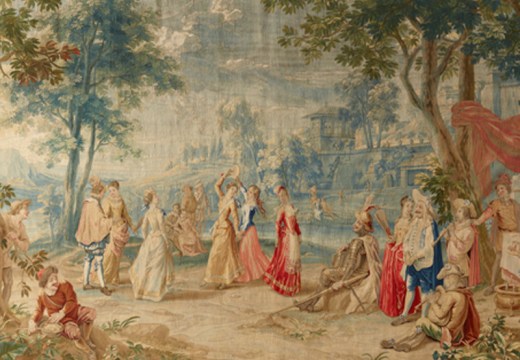
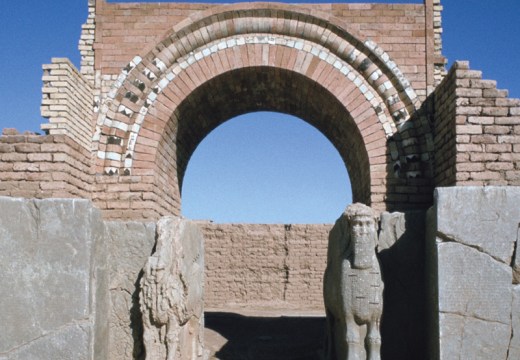
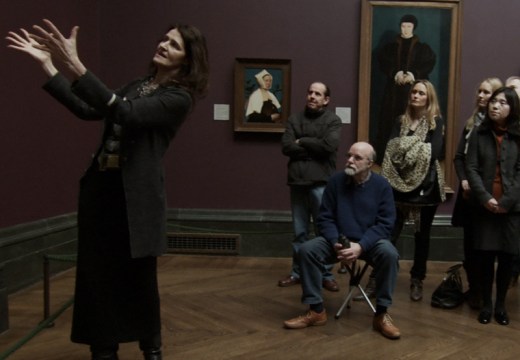









![Masterpiece [Re]discovery 2022. Photo: Ben Fisher Photography, courtesy of Masterpiece London](http://www.apollo-magazine.com/wp-content/uploads/2022/07/MPL2022_4263.jpg)
It’s time for the government of London to return to its rightful home